I. Introduction
What is Loyalty?
The traditional concept of customer loyalty in retail revolves around customers consistently choosing a particular retailer’s products or services over its competitors. However, loyalty today is no longer just about repeat customers or the frequency of purchases. With leaps in technology, loyalty in fashion retail has become a factor in customer retention and a vehicle for designing personalized and memorable experiences.
Modern engagement programs focus on personalization, experiential rewards, omnichannel approaches, community building, and establishing emotional customer connections. Omnichannel approaches integrate various customer interaction channels for seamless experiences. These engagement programs have several benefits, including enhanced customer retention, positive word-of-mouth, competitive differentiation, and increased customer data insights.
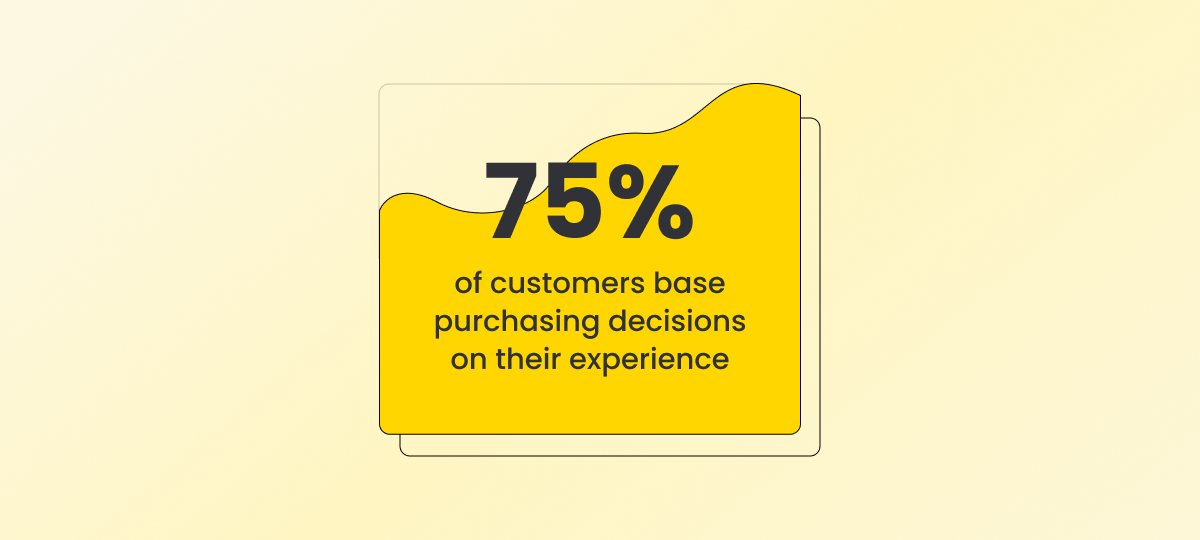
Maximizing Loyalty
Here are some best practices to maintain a high Customer Lifetime Value with loyalty exercises:
- Send relevant and transparent messaging: Customers are driven to purchase items when the messaging reaching them is accurate and has a high level of personalization. WebEngage partnered with India Circus to boost Its Click-Through Revenue By 23% with web personalization and using the Journeys feature.
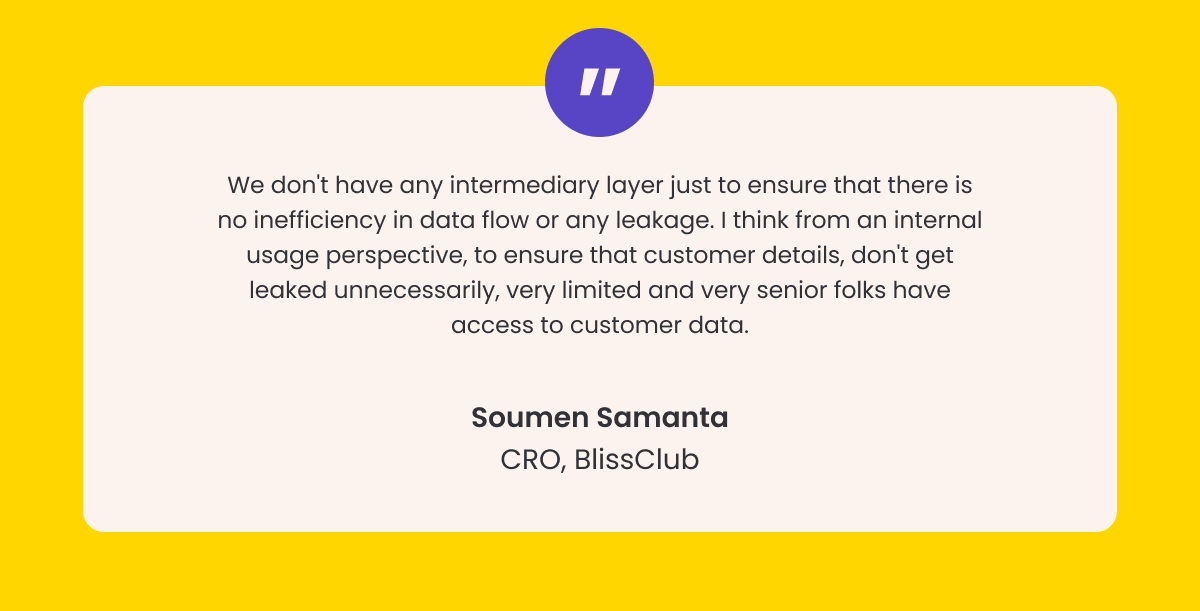
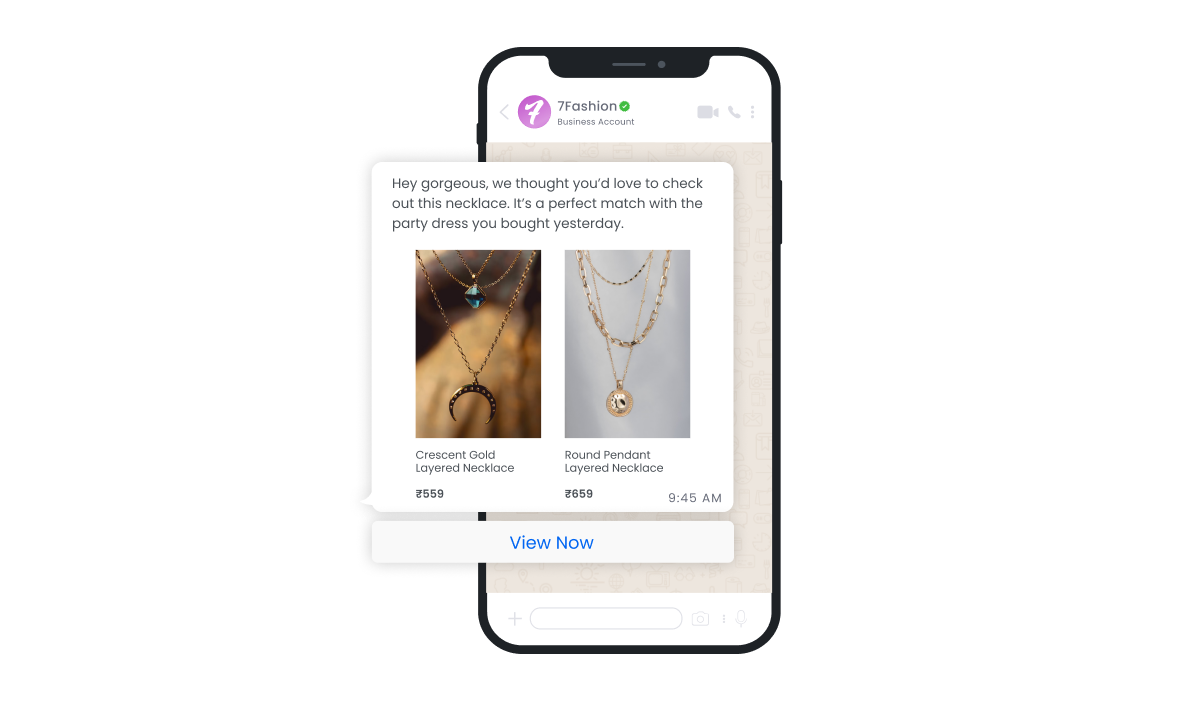
- Deliver a personal touch: Go the extra mile to show that your customers matter to you. Experiences curated on big occasions in your customer’s life personally addressed letters, and gift bags are some surefire ways to increase customer engagement.
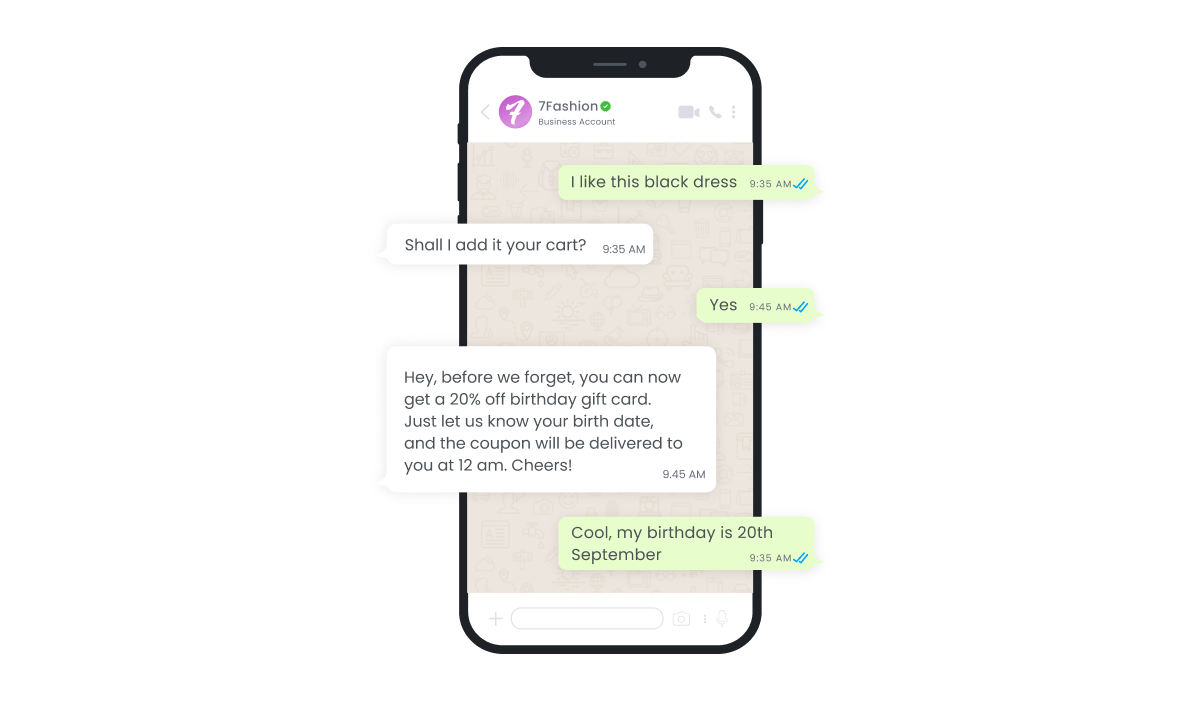
- Reward customers for their loyalty: Treat your most loyal customers with loyalty exercises that make them feel special. Rewards and discounts, whether in a points-based or tier-based program give the customer a sense of belonging and appreciation.
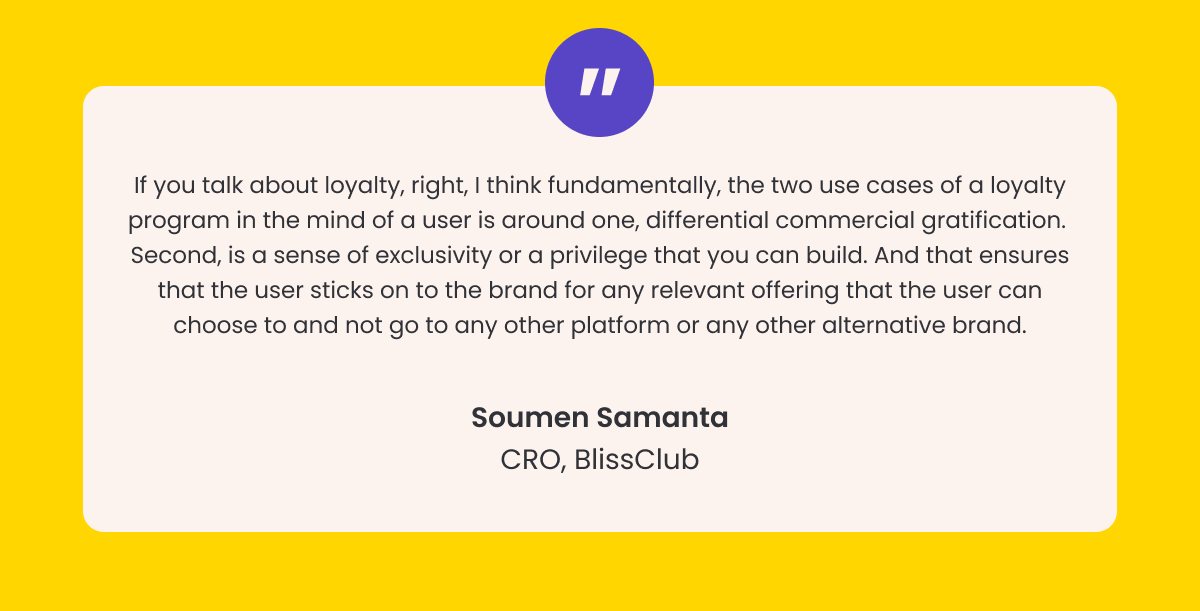
- Offering expert advice through social media: Use your social media properties as true extensions of your loyalty exercises. With useful and informative content, you can alter the customer experience from transactional to emotional.
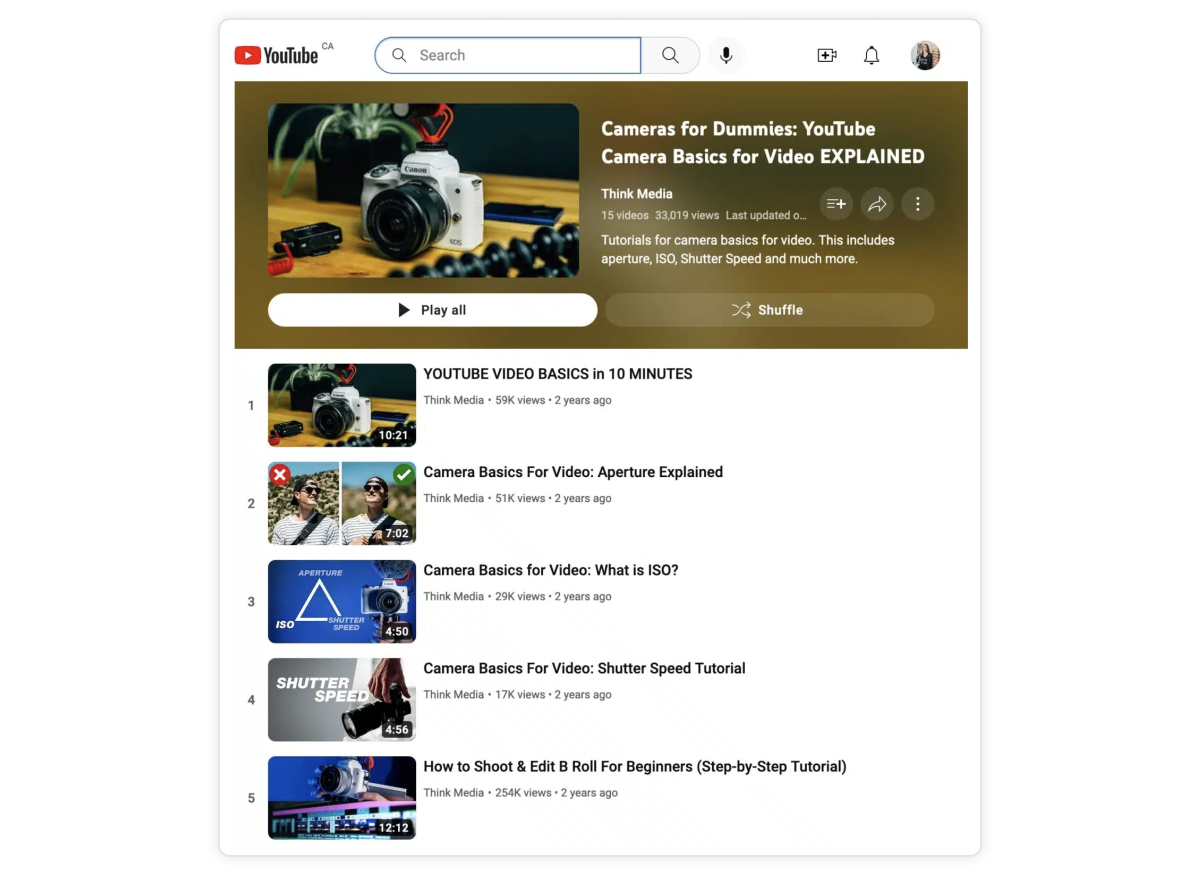
II. Use cases to implement personalized loyalty programs
A. Customization Based on Customer Lifetime Value
With WebEngage’s Customer Data Platform, get customer insights at your fingertips and monitor the effectiveness of your loyalty programs. To know how we helped Amyra, a clothing brand, achieve 5x growth in revenue, go here.
Use Case 1: How H&M is gaining high CLV with its unique Loyalty efforts
H&M’s loyalty program, designed to foster long-term relationships with customers, has successfully amassed over 100 million members globally. The structure of the H&M loyalty program is tiered, offering escalating benefits as customers reach higher spending thresholds. Members become Plus members upon earning 500 points, which is equivalent to $500 in purchases. This premium tier grants additional perks like free shipping and returns, unique experiences, and access to limited collections. A key feature of the program is its sustainability angle, where members are encouraged to recycle clothing in exchange for coupons, aligning with the company’s broader sustainability efforts.
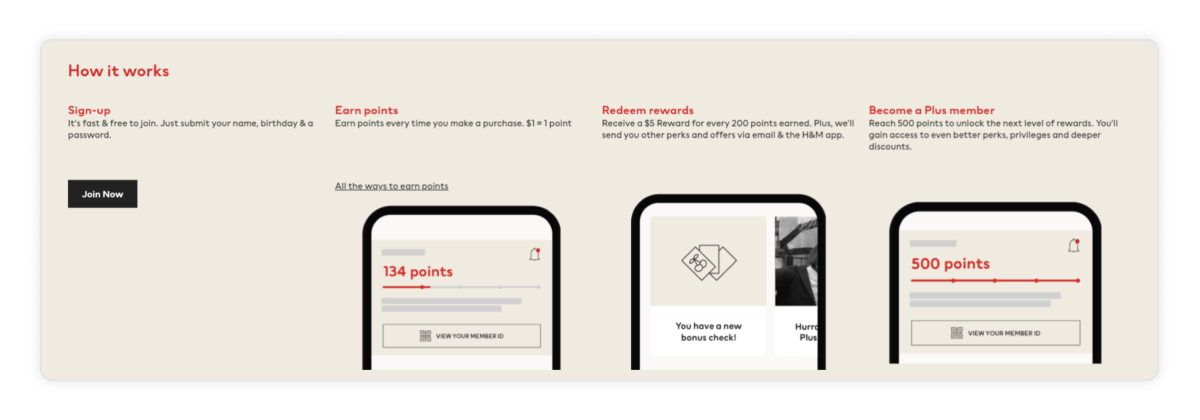
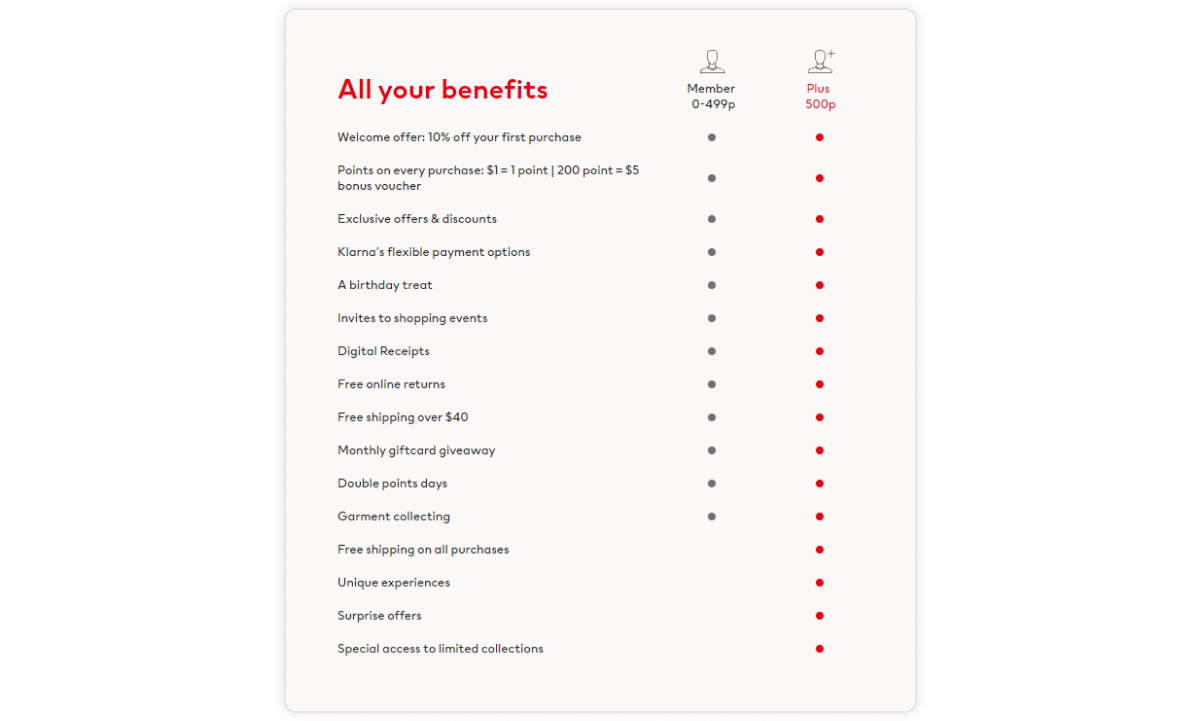
B. The Role of Intelligence in Loyalty Programs
Many fashion brands today have joined the AI bandwagon to personalize their loyalty content. With automated marketing tools, backed by AI, WebEngage can address your retention worries and create hyperpersonalized marketing campaigns to keep your customers devoted to your brand.
Use Case 2: Explore how Zara utilizes artificial intelligence to recommend products aligning with individual customer styles
Zara has integrated artificial intelligence (AI) into its operations to enhance efficiency, responsiveness, and customer engagement. For customer engagement, Zara has implemented AI to predict customer behavior based on attributes like size, color, fit, and style. This predictive capability is part of Zara’s collaboration with technology partners, where it utilizes microchips in clothing tags for enhanced inventory visibility and sophisticated logistics systems for optimized transportation and inventory management.
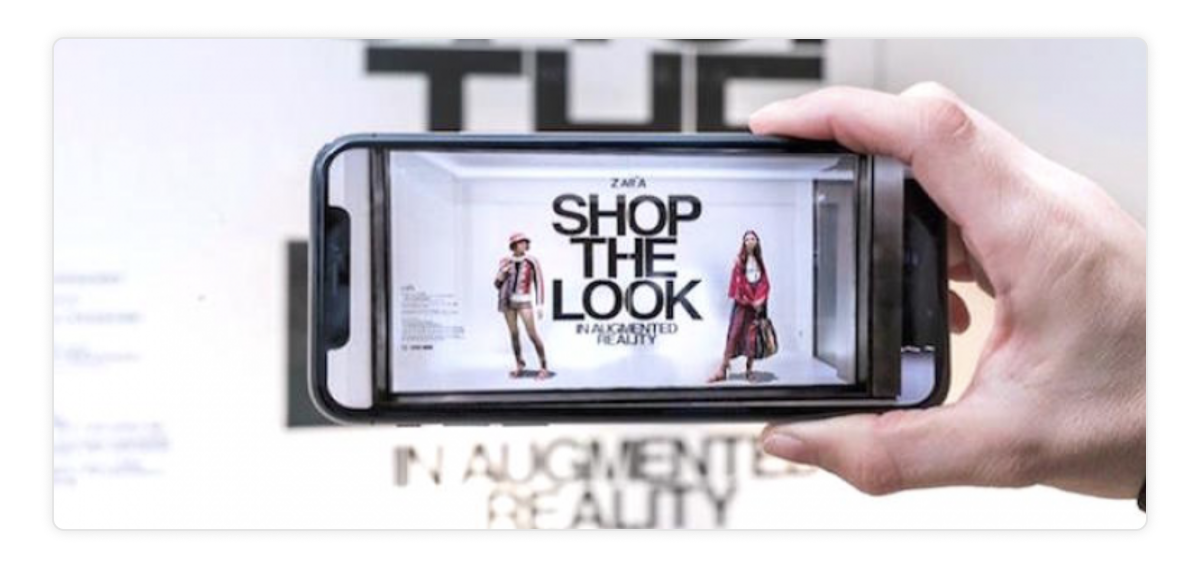
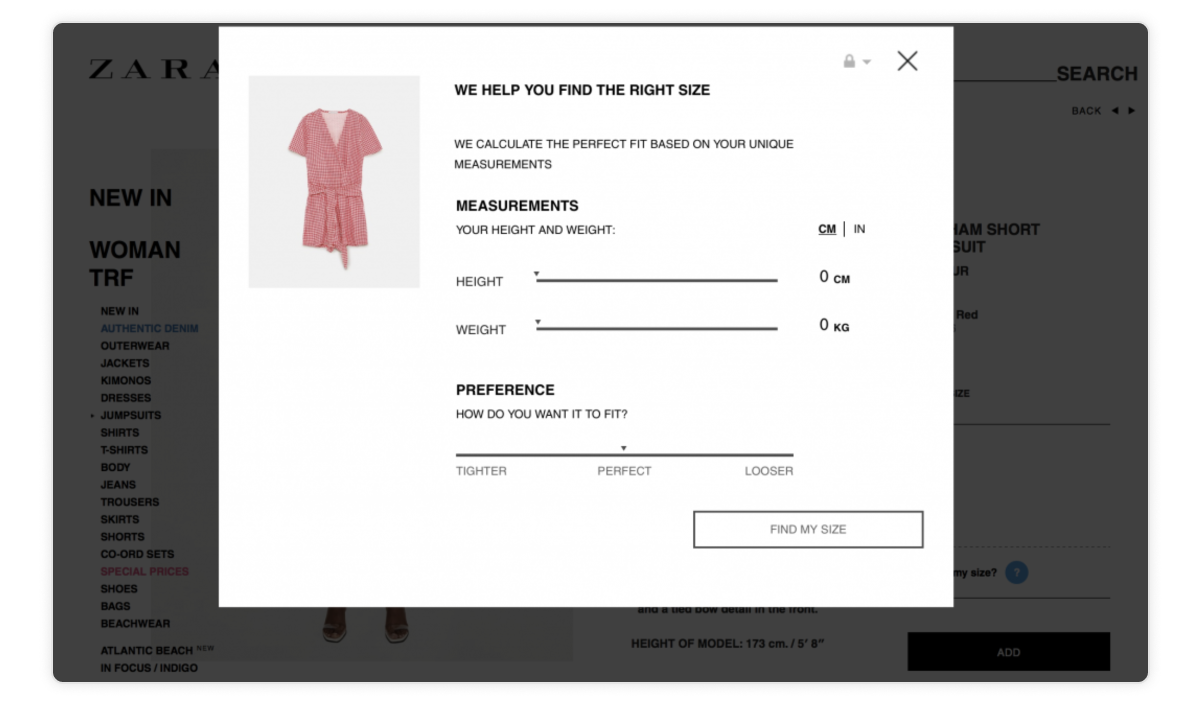
C. Curated Experiences for Enhanced Customer Engagement
To create a deeper connection with your customers that goes beyond mere transactional benefits, it is important to design innovative ways to connect to them via loyalty programs, offers and discounts, personalized messaging, and so on. WebEngage provides advanced customer retention tools that automate the flow of messaging content with omnichannel distribution. A case in point is how WebEngage introduced marketing automation to Man’s fashion brand Powerlook and achieved a 302% uptick in unique conversions.
Use Case 3: How Stitch Fix provides personalized style recommendations based on customer quizzes and feedback
Stitch Fix offers a unique approach to personal styling, enhancing customer engagement through a blend of data science and human intuition. Customers begin their journey with a detailed questionnaire covering aspects like lifestyle, body type, and preferred items. This data feeds into Stitch Fix’s algorithm, helping it better understand customer preferences based on various factors, including age and location. The ‘Style Shuffle’ feature further allows the company to amass vast amounts of data, acting as a ‘Tinder for clothing’ where users swipe on outfits they like or dislike.
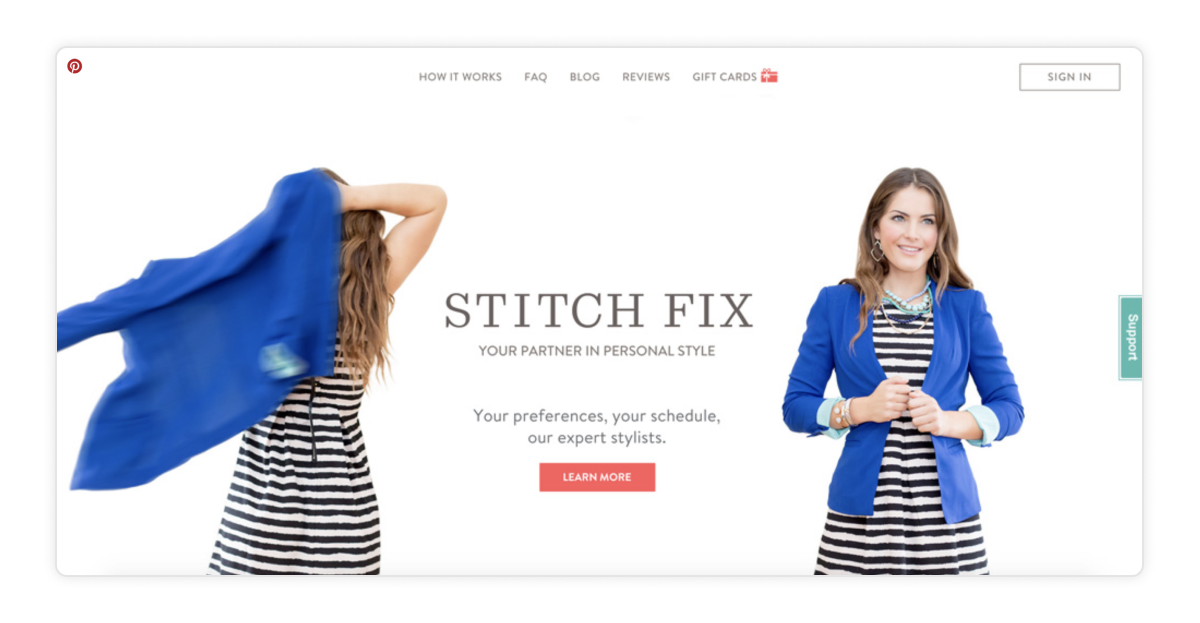
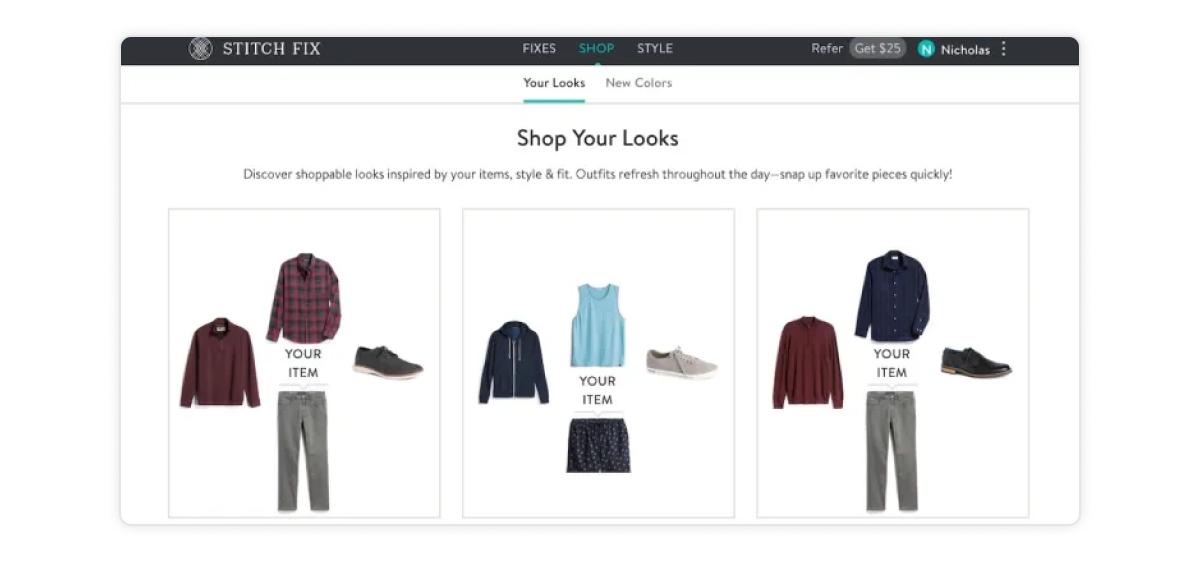
D. Building Stronger Connections through Personalization
Customers appreciate it when you take the effort to contextualize messages to their tastes and preferences. A large part of earning and retaining loyalty comes from well-executed engagement strategies that make the customer feel wanted. WebEngage’s personalization capacities are backed by AI-led content gathering and analyzing, along with marketing automation tools that help tailor the perfect message and deliver it through the apt channel.
Use Case 4: How Simply Be used UGC to personalize customer rewards
Simply Be, a fashion retailer, innovatively leveraged User-Generated Content (UGC) to personalize customer rewards, fostering a more engaging and tailored shopping experience. By encouraging customers to share their fashion choices and experiences on social media with specific hashtags, Simply Be was able to gather a wealth of real-world images and reviews of their products.
First, they featured customer photos in their marketing materials, both online and in-store, providing a realistic representation of how their products look on a diverse range of body types. Customers whose photos were selected received special discounts or loyalty points, incentivizing participation. Furthermore, Simply Be analyzed the UGC to understand customer preferences and trends better, which enabled them to offer personalized product recommendations and rewards that resonated with individual customer styles.
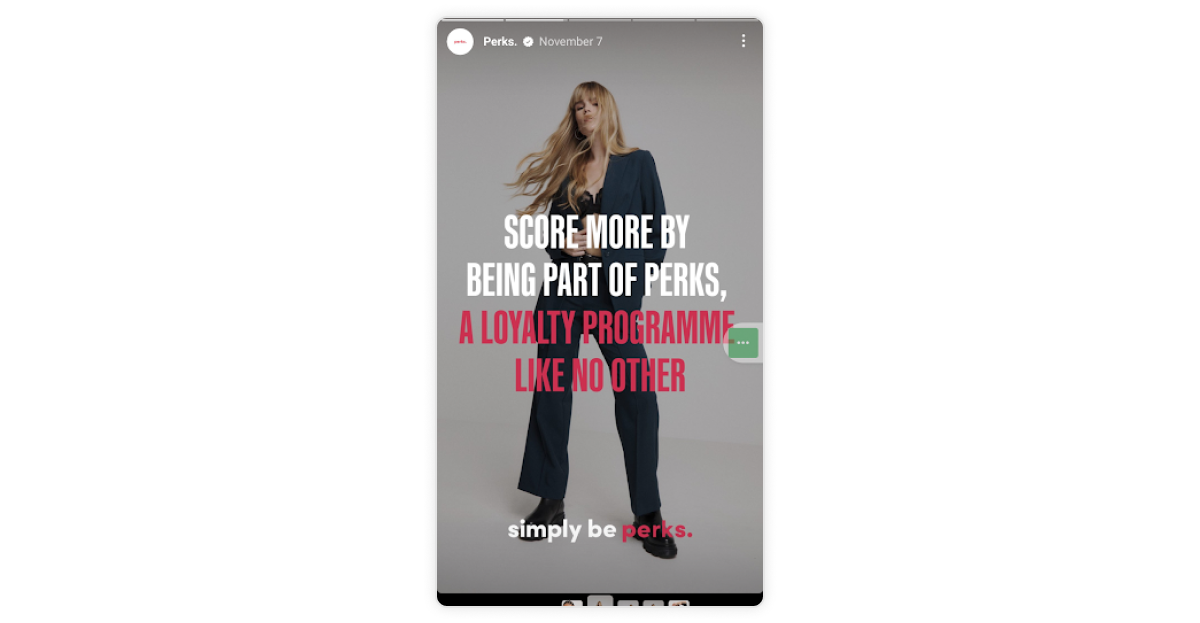
Case Study: Sephora Beauty Insider – Sephora’s engaging retention platform
Sephora significantly amplified customer engagement and scaled its business through the strategic use of its loyalty program, Sephora Beauty Insider. This program was ingeniously designed to offer a tiered system – Beauty Insider, VIB, and Rouge – each providing escalating rewards and exclusive benefits, thus incentivizing increased spending and loyalty. Members earned points for every purchase, which could be redeemed for a variety of rewards, including exclusive products, special events, and personalized beauty experiences.
Crucially, Sephora integrated personalized beauty recommendations and services within the program, leveraging customer data to offer tailored product suggestions and makeup advice. Additionally, the Beauty Insider program included unique features like birthday gifts, early access to new products, and members-only events, which fostered a sense of exclusivity and community among participants.
WebEngage can make your personalized marketing campaigns a breeze. While the unified data platform functions as a receptacle of information from various customer sources, the marketing automation tools power engagement and loyalty campaigns with ease.
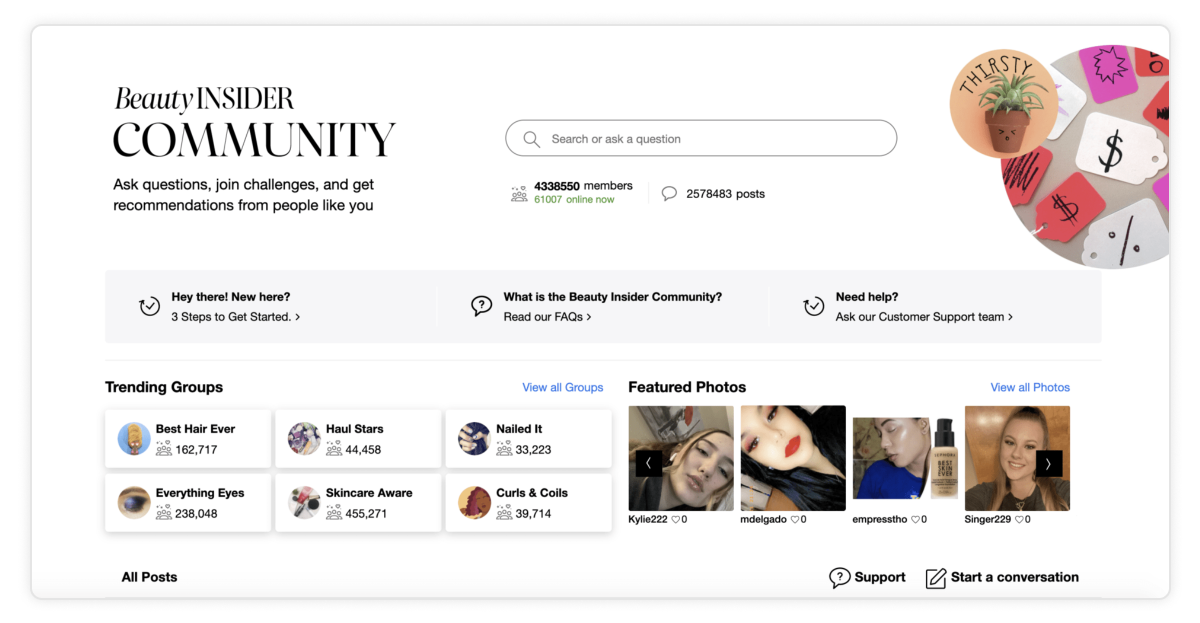
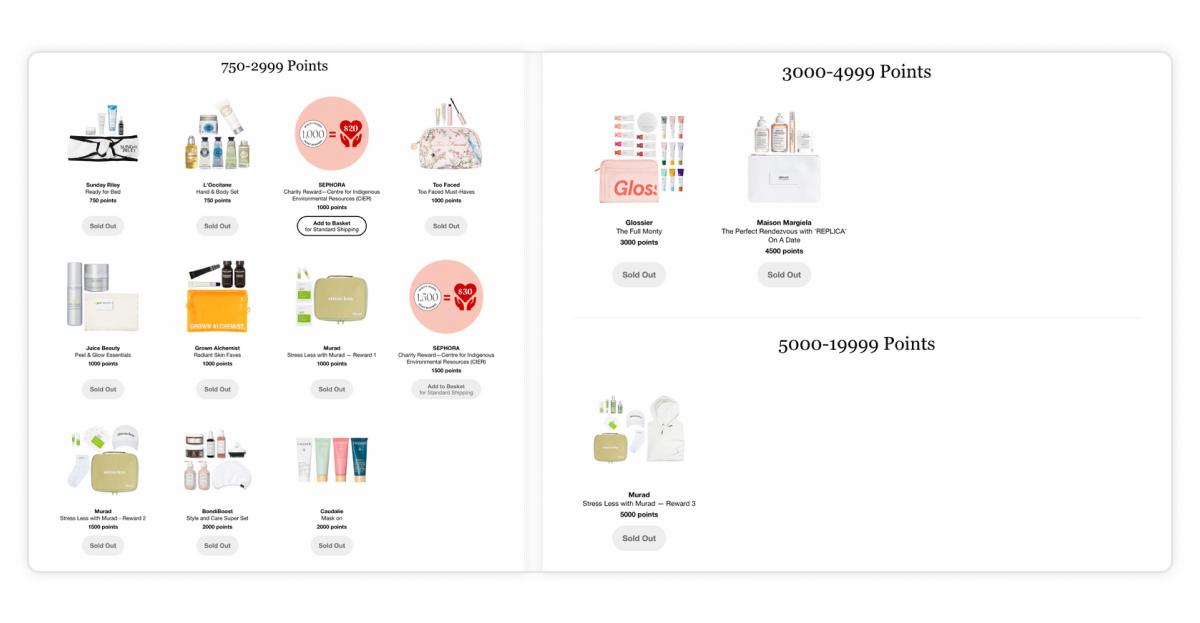
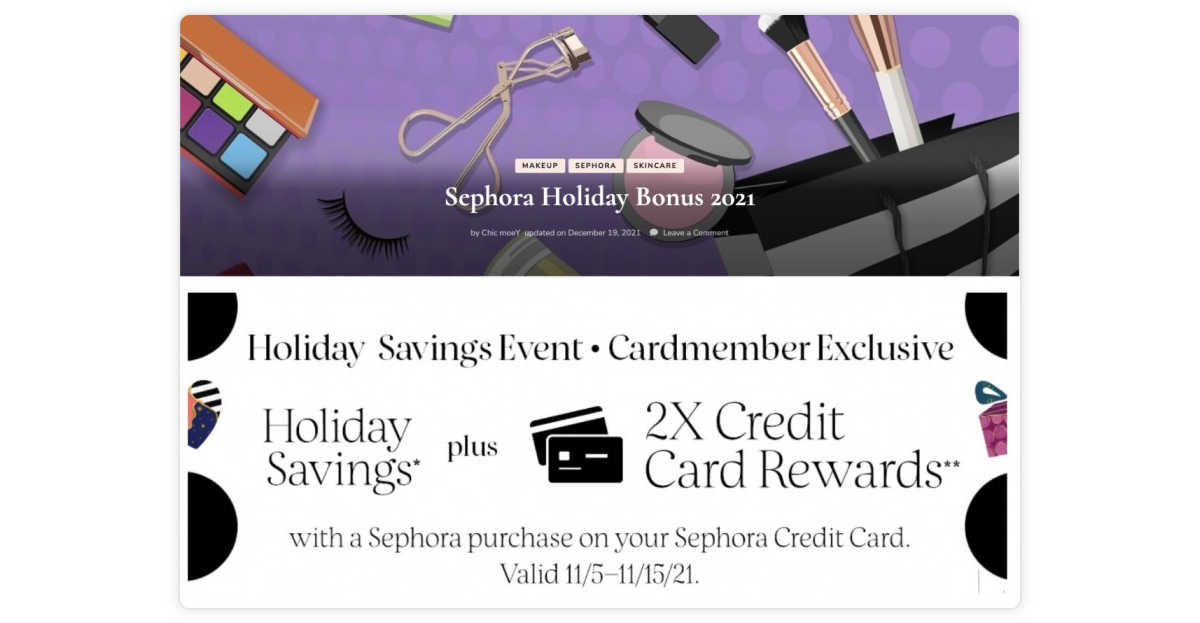
E. How Personalization Influences Purchase Decisions
Personalized and tailored messaging has a powerful effect on consumer purchase decisions. WebEngage’s Journey Designer automates the flow of marketing campaigns that are contextual and personalized, accruing high ROI on ad spend.
Use Case 5: How ASOS tailors promotions to individual shopping behaviors, leading to higher average order values
ASOS, a British online fashion and cosmetic retailer, has effectively utilized personalized promotions to influence purchase decisions and increase average order values. Leveraging a data-driven approach, ASOS has created a highly personalized shopping experience for its 23 million active users. The company uses a recommendation tool powered by cognitive analytics, matching customers with experiences that promote maximum engagement and drive desired outcomes. This tool tracks individual behavior in real-time, allowing for scalable recommendations.
Additionally, ASOS’s visual search feature uses machine vision to suggest relevant items based on scanned clothing, further enhancing personalization. These strategies have contributed to ASOS’s significant revenue growth and customer engagement, with improved metrics like units per basket and conversion rates.
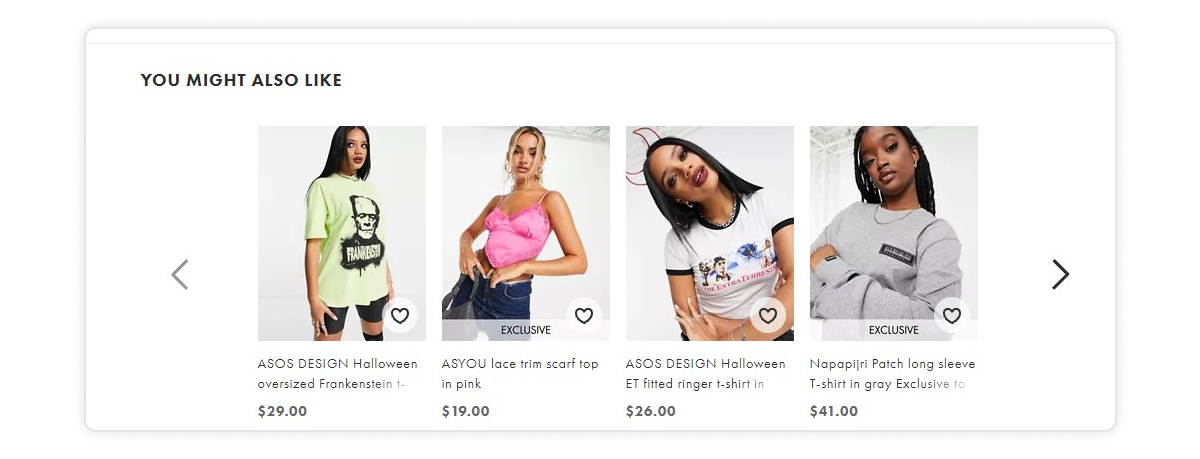
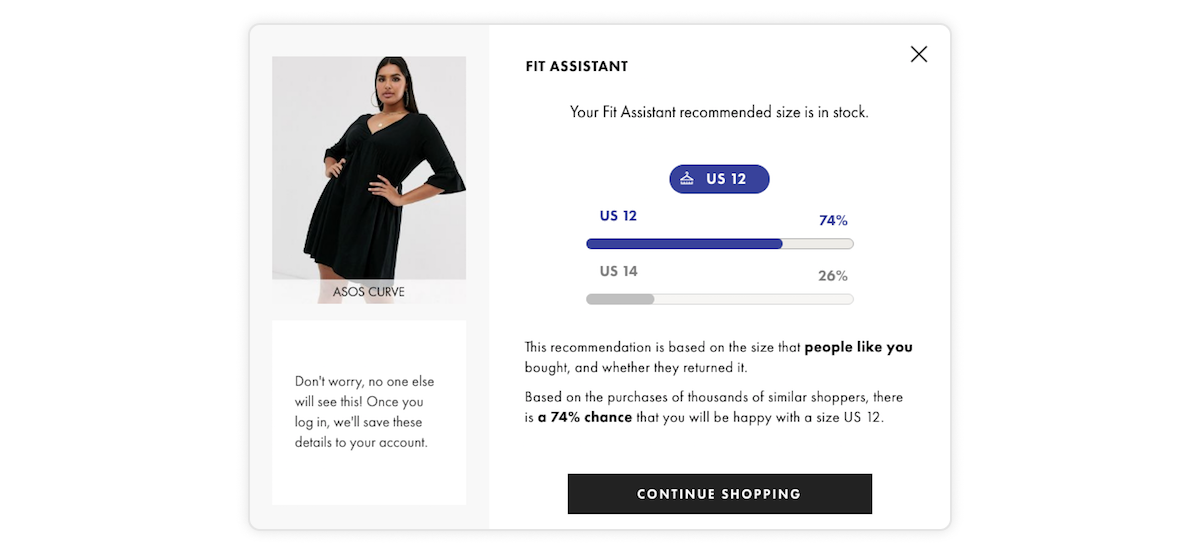
III. Challenges and Solutions
Use Case 6: How H&M addressed customer data privacy concerns when implementing personalized loyalty initiatives
H&M, while implementing its personalized loyalty initiatives, H&M has faced the challenge of addressing customer data privacy concerns. To overcome this, the company has made a strong commitment to protecting personal data and ensuring customer privacy. They provide clear and transparent information about the personal data they collect, including the purpose and usage of this data. H&M processes personal data to enhance the customer experience, both online and in-store, and for fulfilling service requests such as order deliveries and customer support.
Use Case 7: How Nordstorm maintains a balance between personalization and maintaining a positive overall consumer experience
The retailer has successfully integrated online and in-store commerce, ensuring a seamless and user-friendly experience. This approach is evident in the way Nordstrom has adapted its brick-and-mortar stores to support the e-commerce experience without relegating them to mere fulfillment centers.
Key to Nordstrom’s balance is its strong connected loyalty program and optimized sales floors for services like click-and-collect. The company provides detailed information on product pages, including delivery and pickup windows and the number of people viewing the same item, helping shoppers understand potential delays for popular items. In-store, Nordstrom enhances the shopping experience by placing pickup counters at the front of the store, maximizing convenience for online shoppers without disrupting the in-store browsing experience.
Such omnichannel experiences can be easily streamlined using retention marketing tools by WebEngage.
VII. Conclusion
Personalized loyalty programs have proven to be a game changer in retail fashion, enhancing customer engagement and increasing brand loyalty. They offer tailored experiences, encourage repeat business, and elevate the overall shopping journey. The evolving landscape of retail fashion suggests that adopting intelligent, customer-centric loyalty strategies is not just beneficial but necessary for brands aiming to remain competitive. Looking ahead, these personalized programs are set to redefine customer relationships, making them more interactive and value-driven, thereby shaping a promising future for the retail fashion industry.
To get a first-hand experience about how you too can improve your loyalty programs, book a demo with us.








 Prakhya Nair
Prakhya Nair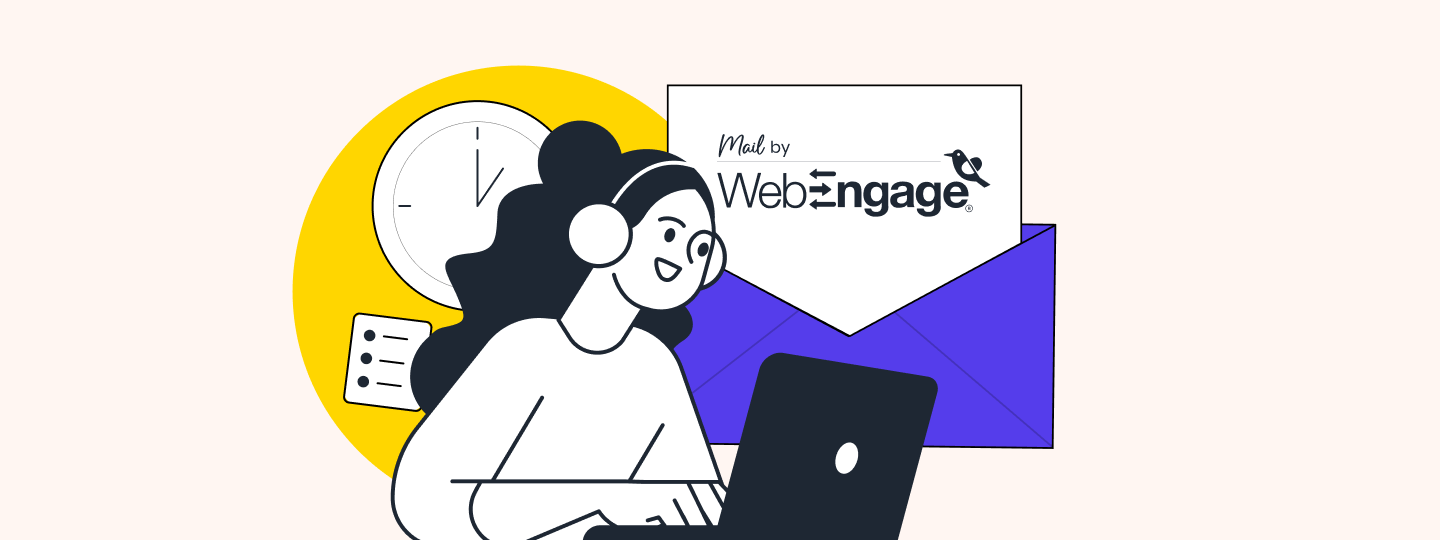
 Sanjay Mishra
Sanjay Mishra
 Inioluwa Ademuwagun
Inioluwa Ademuwagun